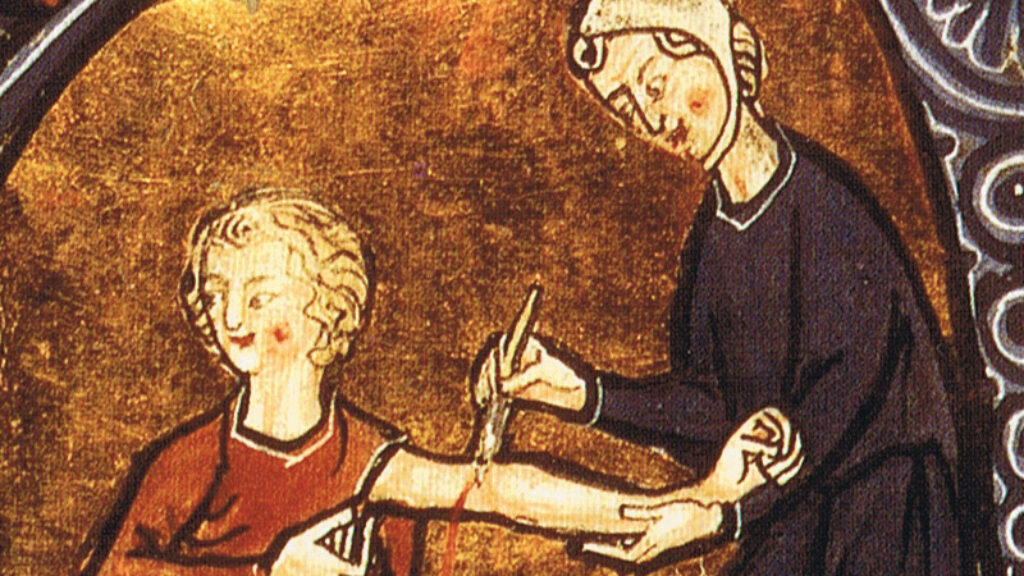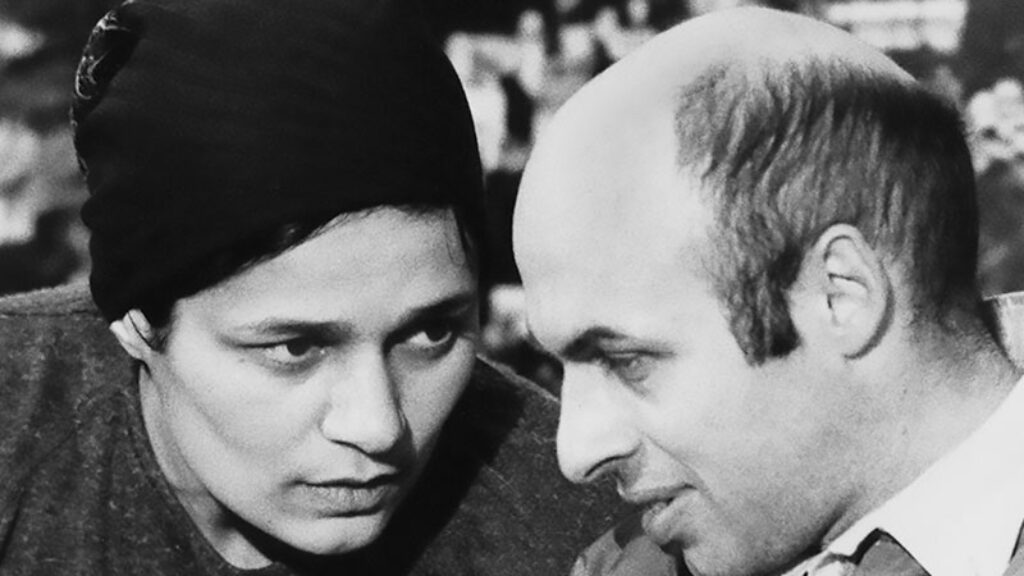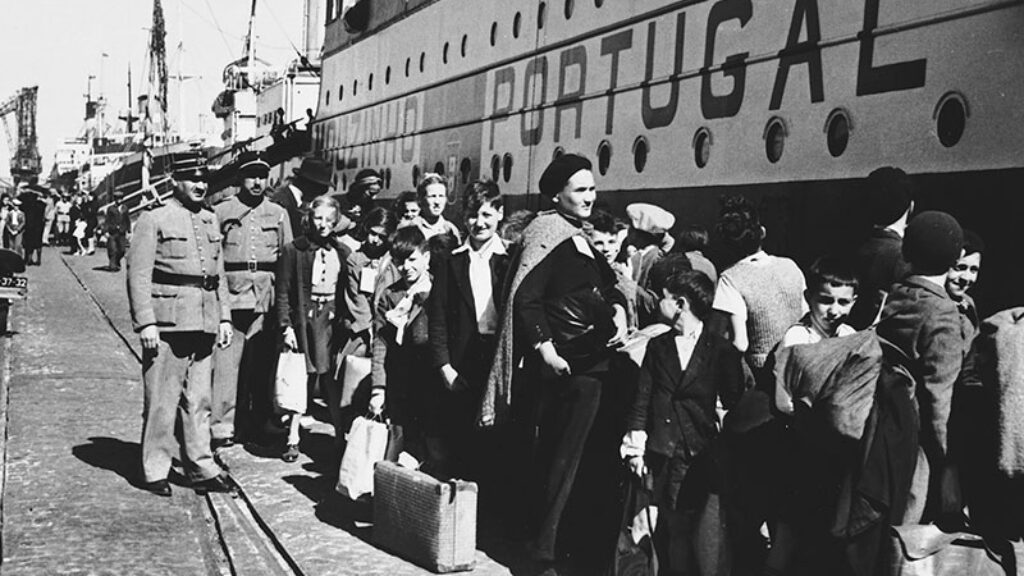In Brief, Fall 2010
Running the Books
by Avi Steinberg
(Doubleday, 399 pp., $24.95)
Avi Steinberg decided to change his life-and headed to prison. The South Bay Prison in Boston needed a librarian, and Steinberg needed health insurance. Steinberg, a Harvard graduate raised in a middle-class, Orthodox Jewish home, quickly realized the difference between the libraries of his youth and a prison library: books in tatters, graffitied walls, and patrons who do not always cooperate when you say “Shhh.” Steinberg’s missteps and mishaps produce their intended chuckles. Yet, for all the differences Steinberg found between his prison library and those in which he grew up, it is the similarities that are striking. In prison, books also provide solace, an escape, and information (the legal section is, naturally, the most popular). After two years, Steinberg finds himself enmeshed in his prisoner-patrons’ lives, and he writes of them with real feeling. The book’s best moments are in its small observations, as when Steinberg discovers the practice of “kiting,” leaving notes in books for fellow prisoners to find. When he reveals something of his own background a prisoner tells him how much he respects the Hasidic “gangs” of Brooklyn-“those dudes guarded their neighborhood by any means necessary.” Another prisoner agrees, “Yeah! You ever see them dudes rolling, like four in a car, matching beards, man, matching pimpin’ hats, music bumpin’ . . .”
Gilded Lions and Jeweled Horses: The Synagogue to the Carousel, Jewish Carving Traditions
by Murray Zimiles
(Brandeis University Press, 196 pp., $50.00)
This sumptuous coffee-table book, based on an exhibit at the American Folk Art Museum, begins by reconstructing the lost ritual artworld of Ashkenazic Jewry in Central and Eastern Europe. We are shown gorgeous black and white and color photographs of painted synagogue walls and ceilings; intricate paper-cuts to be hung on a synagogue’s Eastern wall; elaborately carved arks to hold the Torahs, and, most of all, adorning those arks, lions, often holding the two tablets of the Ten Commandments. The lions, which also appear on the decorated walls, the mizrachs and even Ashkenazic gravestones are sometimes stylized and often terrifying.
What happened to the largely anonymous artist craftsmen who were responsible for this art when they came to the New World? Murray Zimiles, an artist, and his collaborator Vivian Mann, an art historian, have an interesting, emblematic, even melancholy story to tell. There was some market for their skills in American Ashkenazic synagogues but certainly not a large one, and, in any case, these artisans were now set free in “a society more interested in what they could produce than in what religion they practiced.” Some of them went on to produce “the greatest carousel animals the world has seen.” The artistic virtuoso of the book is the improbably named woodcarver Marcus Charles Illions (1865/74-1949) whose lions’ tails twitch and muscles strain as if they are about to pounce, whether they are on Coney Island or guarding the holy ark at Brooklyn’s Anshe Emeth Synagogue.
The Living Fire: New and Selected Poems
by Edward Hirsch
(Knopf, 237 pp., $27.00 )
Czeslaw Milosz wrote that “the purpose of poetry is to remind us how difficult it is to remain just one person.” The one hundred poems gathered here celebrate the career of an eclectic and masterful poet who has done just that. Reluctant faith and artful praise thread through poems that vary wildly in subject matter: insomnia at four in the morning, the memory of his grandmother’s bed, the drama of the Garden of Eden, morning coffee in a town square in Krakow. In several poems, the avowedly secular Hirsch describes a reluctant theology of literature. In “The Reader,” an ode to books and libraries, with their “well-thumbed periodicals and crumbling theology texts,” Hirsch navigates the space between literary works and “an emptiness which he would not call God.” In his haunting “Two Suitcases of Children’s Drawings from Terezin, 1942-1944,” Hirsch writes: “The wisdom lives in the pencil / and the pencil remembers everything.”
Zichronot Aharei Moti (Memories After My Death)
by Yair Lapid
(Keter, 285 pp., 90 NIS)
Yosef “Tommy” Lapid acquired the status of a minor international celebrity after the surprisingly successful performance of his radically anticlerical Shinui Party in the 2003 elections and his subsequent appointment as Israel’s Deputy Prime Minister and Minister of Justice. Non-Israelis who recognize his name are more likely to be familiar with his rather brief appearance on the political stage than with the exploits that preceded it. Retold by his son Yair (in a book that assumes the guise of a posthumous autobiography), Lapid’s immensely colorful life story spans two continents and many professions. The boy from a thoroughly acculturated Hungarian Jewish background who narrowly escaped death at the hands of the Nazis morphs in what seems like no time into a major Israeli media personality. He founds a leading women’s magazine, writes by far the most popular Hebrew guidebooks to Europe, serves as director-general of Israel’s Broadcast Authority, becomes the lightning rod of Israel’s most widely viewed political talk-show, and does innumerable other things before launching, in his seventies, his own political career. His roster of close Israeli friends extends from the satirist Ephraim Kishon to Ehud Olmert. But the relationship that best puts his life in perspective is perhaps his friendship with a pal from the Budapest ghetto, Tom Lantos, who went on to become the only Holocaust survivor ever to serve in Congress and chairman of the House Committee on Foreign Affairs. “Look where we are now,” Lantos says in Hungarian to Lapid, when they meet in the latter’s ministerial office in Jerusalem for the first time. And Lapid quietly asks himself (or so his son reports) what would have happened if, after World War II, “he had gotten on my boat and I had gotten on his.”
Innovation in Jewish Law: A Case Study of Chiddush in Havineinu
by Michael J. Broyde
(Urim, 166 pp., $19.95)
The first-century rabbinic sage Rabbi Yose told the following story: “Once I entered the ruins of Jerusalem to pray. Elijah [the prophet] came and guarded the entrance until I finished my prayer. Afterward he said to me . . . you ought to have prayed a shortened prayer.” The prayer in question, at least initially, appears to have been havineinu (“Grant us, Lord . . .”), a condensation of the shemoneh esrei, or eighteen benedictions which are at the center of Jewish prayer. But matters of Jewish law are rarely simple. Michael J. Broyde, a pulpit rabbi, leading halachic decisor in the Modern Orthodox community and law professor at Emory, traces the discussion of this prayer and the circumstances under which it is permissible to substitute it for the shemoneh esrei, from moments of extraordinary danger to simple booklessness or outright illiteracy. As Broyde points out, “prayer in an ancient, dangerous, and bookless society is quite different from prayer in a modern, safe, and text-rich place.” Nowadays the prayer is so little-used that it doesn’t even appear in the ArtScroll Siddur. Discussions of change in Jewish law are often driven by big issues, in particular the equal treatment of women. It is precisely Broyde’s aim to observe and anatomize the process when the ideological stakes are lower. His case study is a tour de force, though it will leave those large disputes about the relationship between Jewish law and contemporary morals unaltered.
Suggested Reading
Rethinking Jabotinsky: A Talk with Hillel Halkin
The Jewish Review of Books and Yale University Press hosted an evening for Hillel Halkin’s brilliant new biography of Vladimir Jabotinsky at YIVO.

No Balm
A new book on talmudic medicine illustrates the ills of modern academia, argues Shai Secunda.

Sharansky’s Exodus
Witnessing the modern exodus of Jews from Ethiopia to Israel—different than his own but no less stirring—reminded Sharansky of what he’d told himself in his darkest days in prison: “Your history did not begin with your birth or with the birth of the Soviet regime. You are continuing an exodus that began in Egypt. History is with you.”

Time Ticks Away in Portugal
Tens of thousands of Jews made their way into Portugal in waves between the fall of France in 1940 and the end of World War II. The ordeals Marion Kaplan depicts were not terribly long, but to the people who endured them, they often seemed endless.
Comments
You must log in to comment Log In